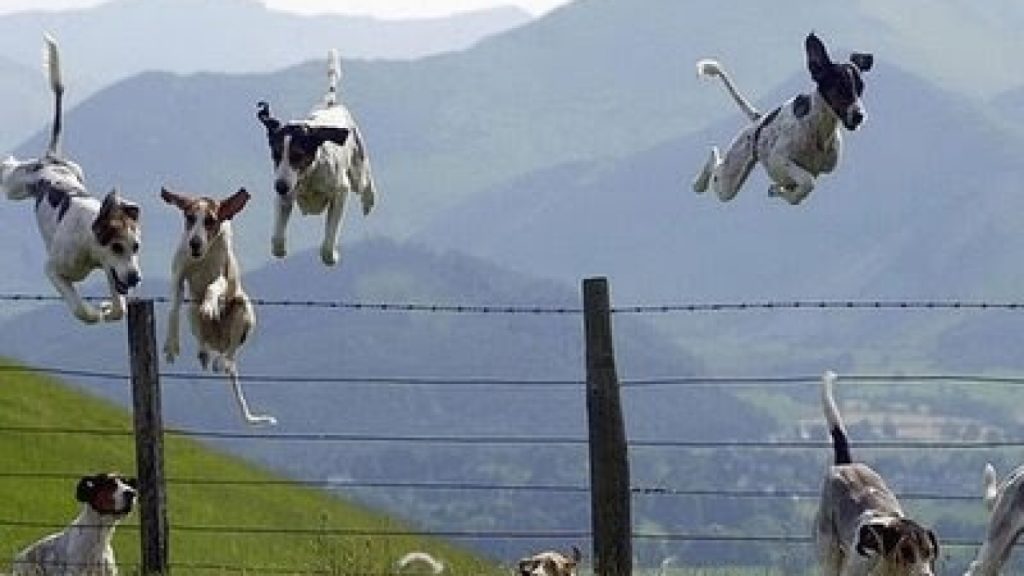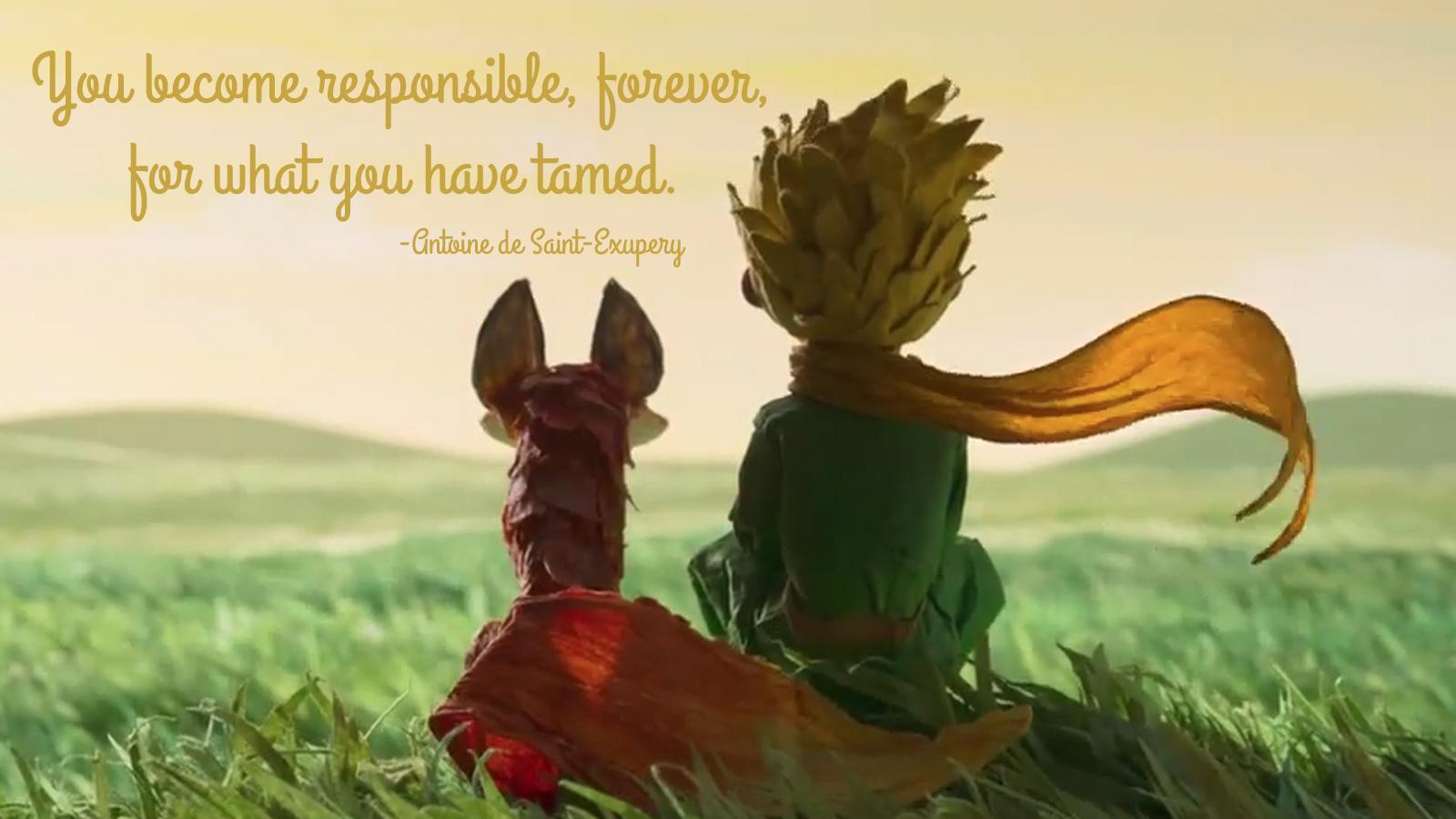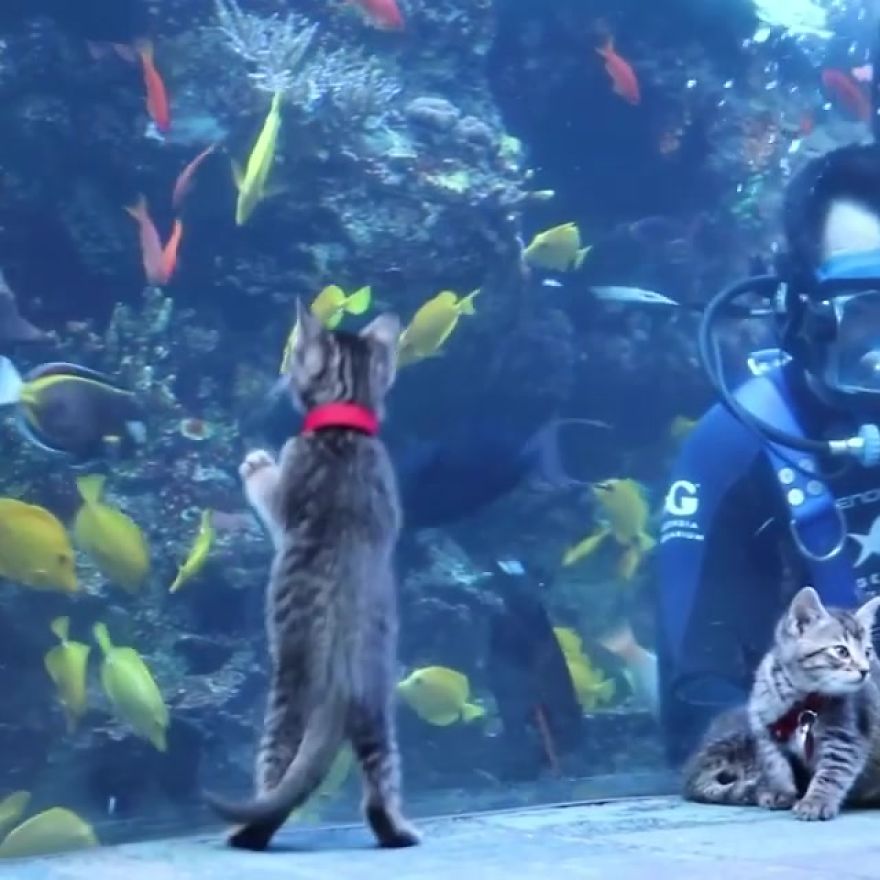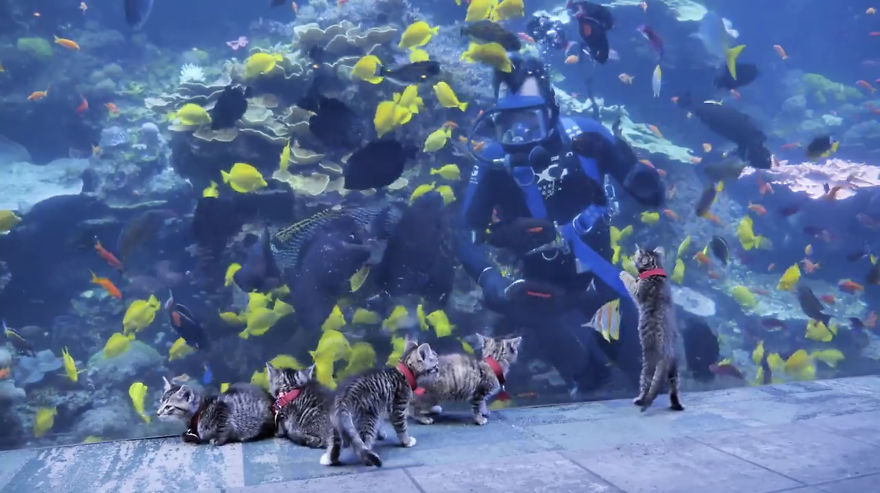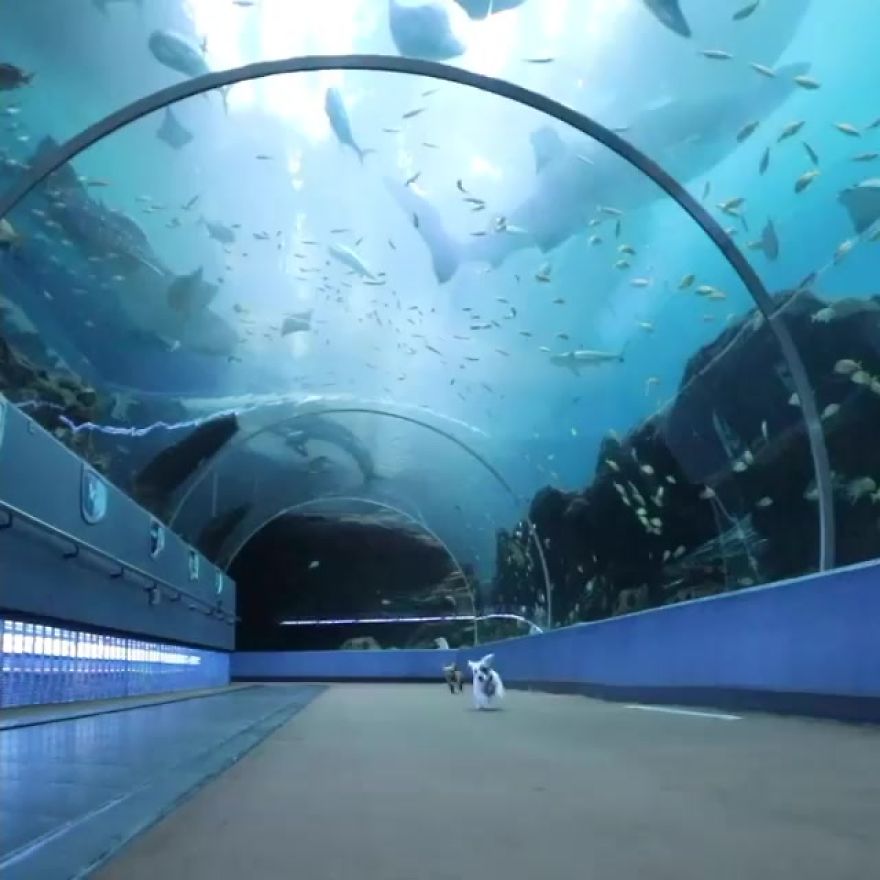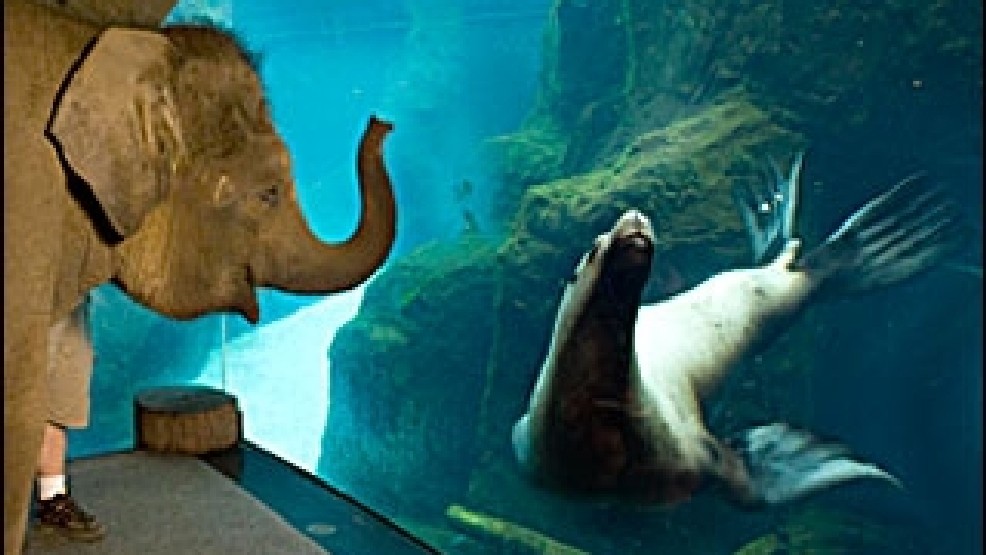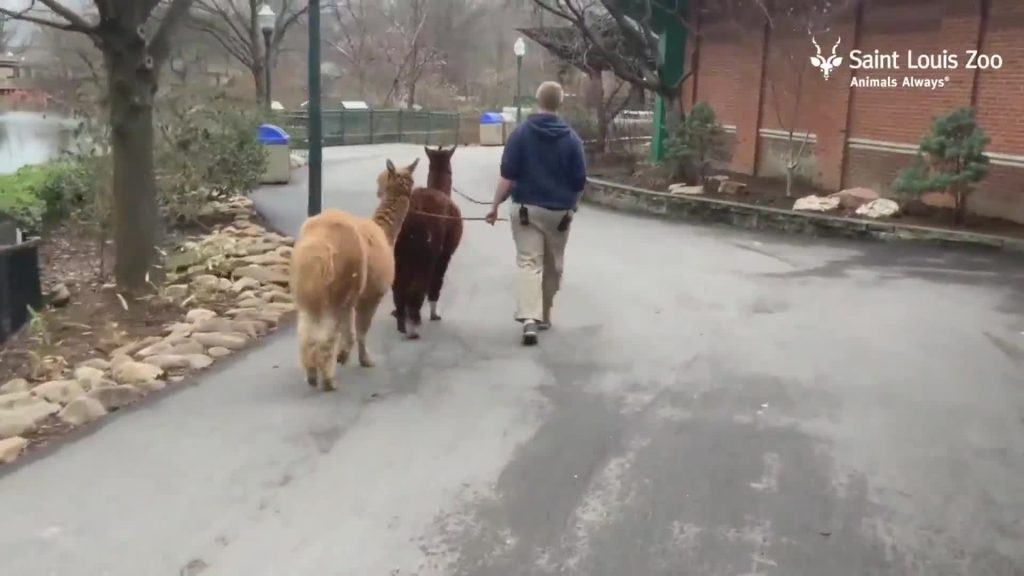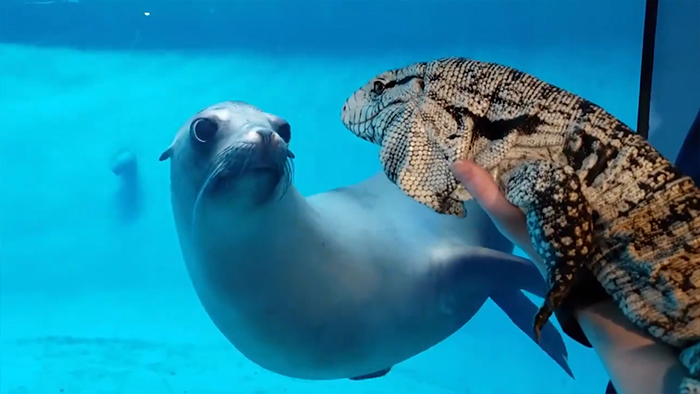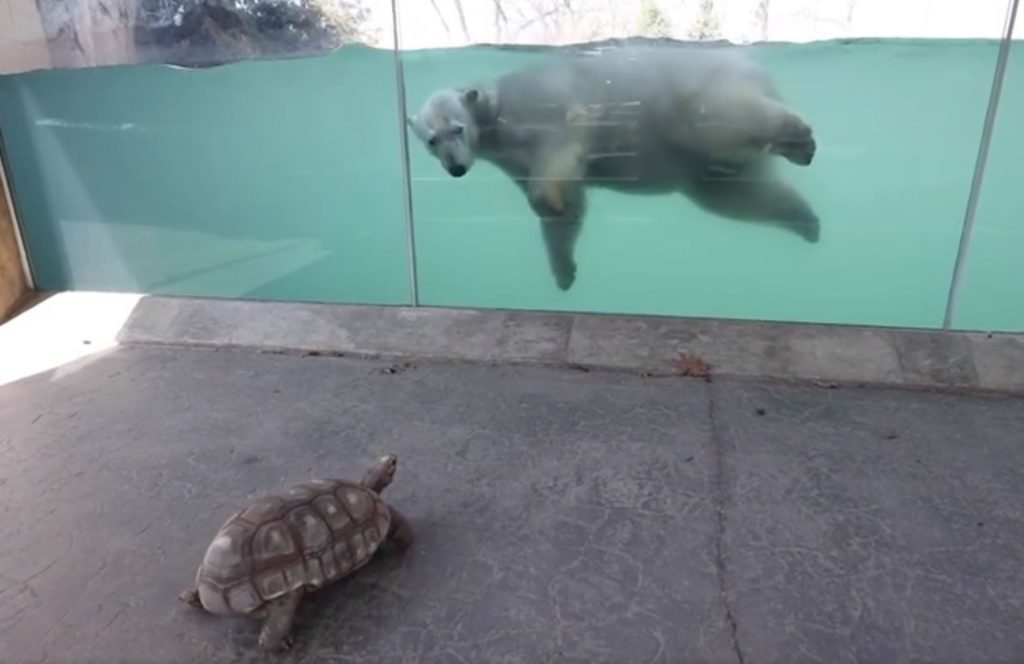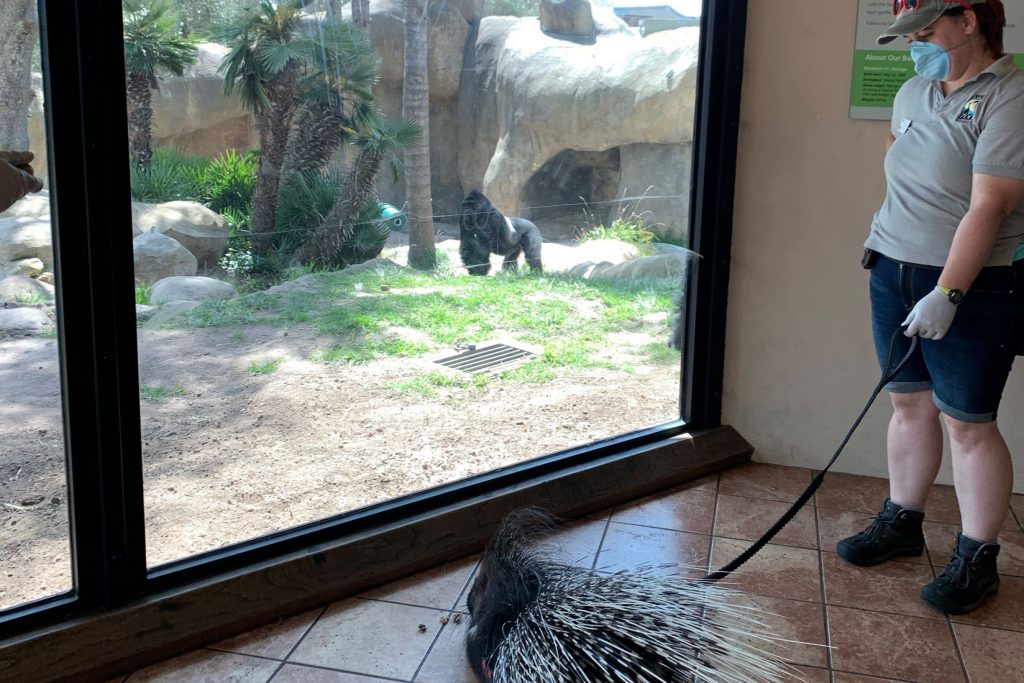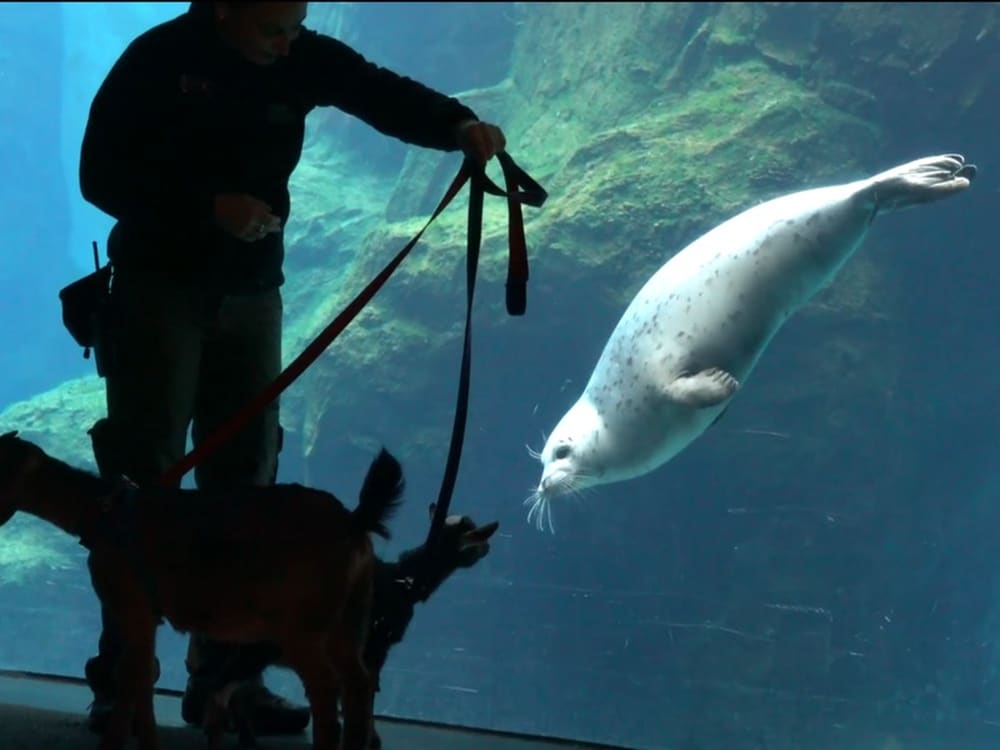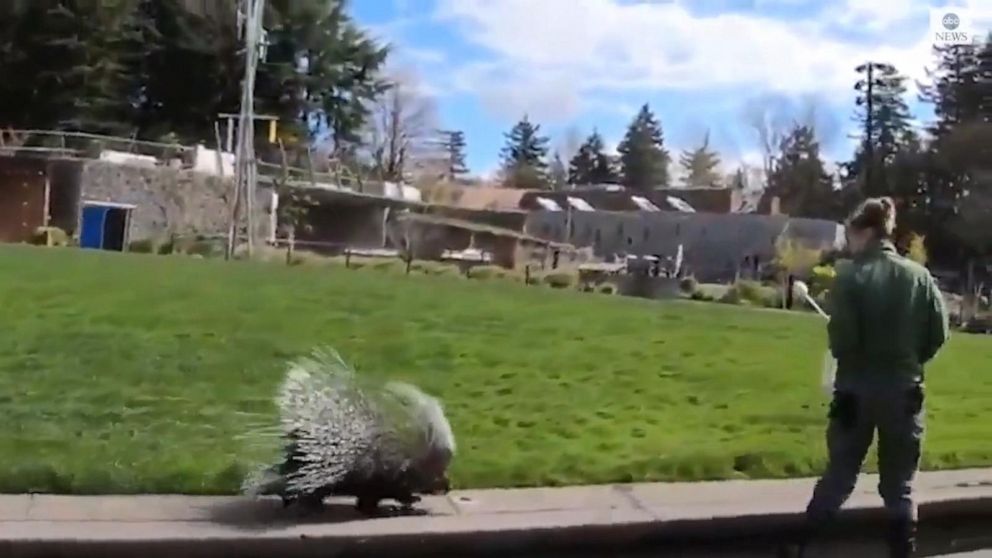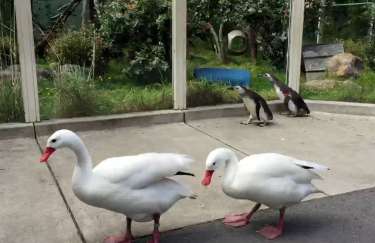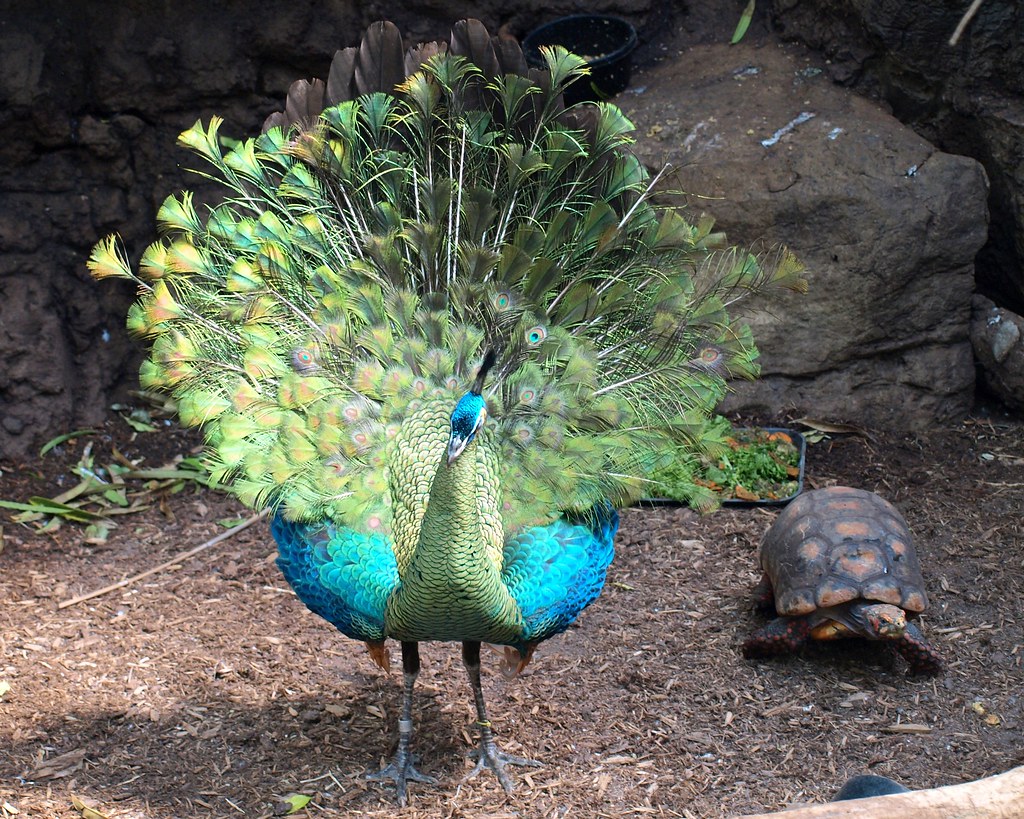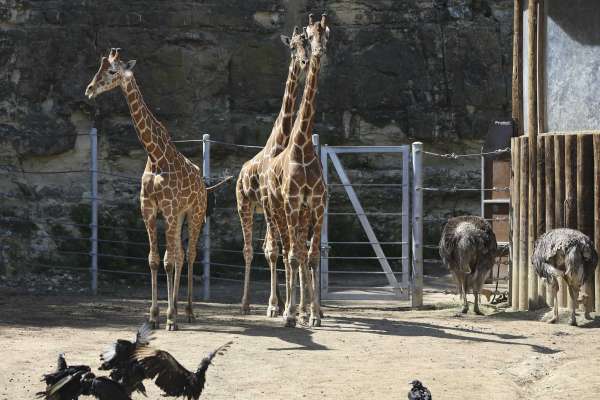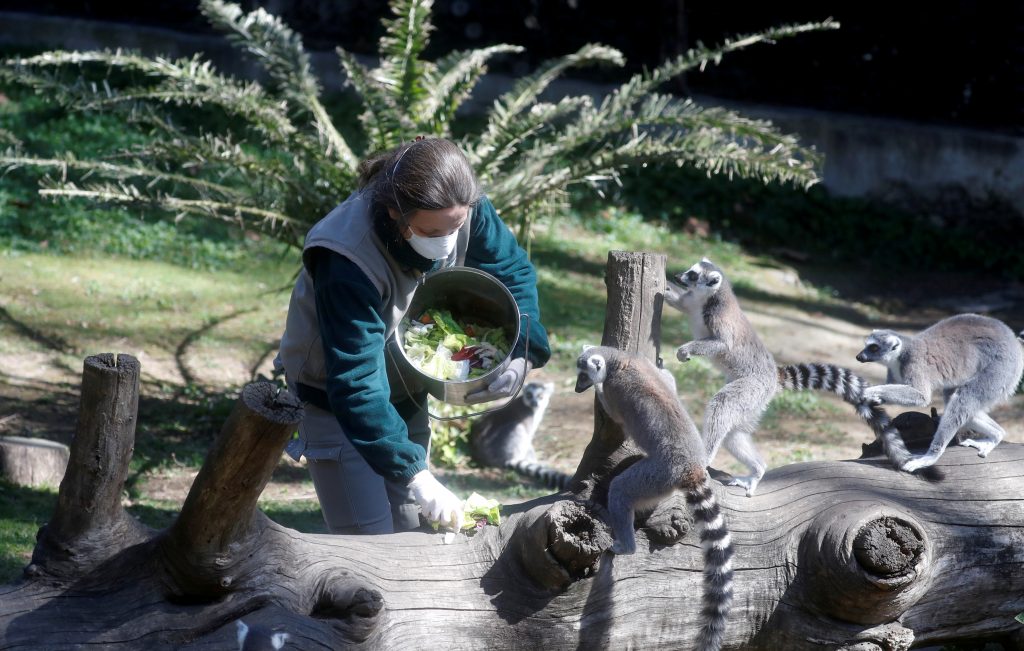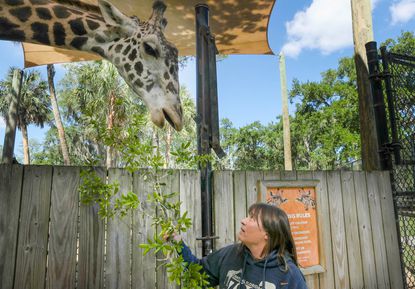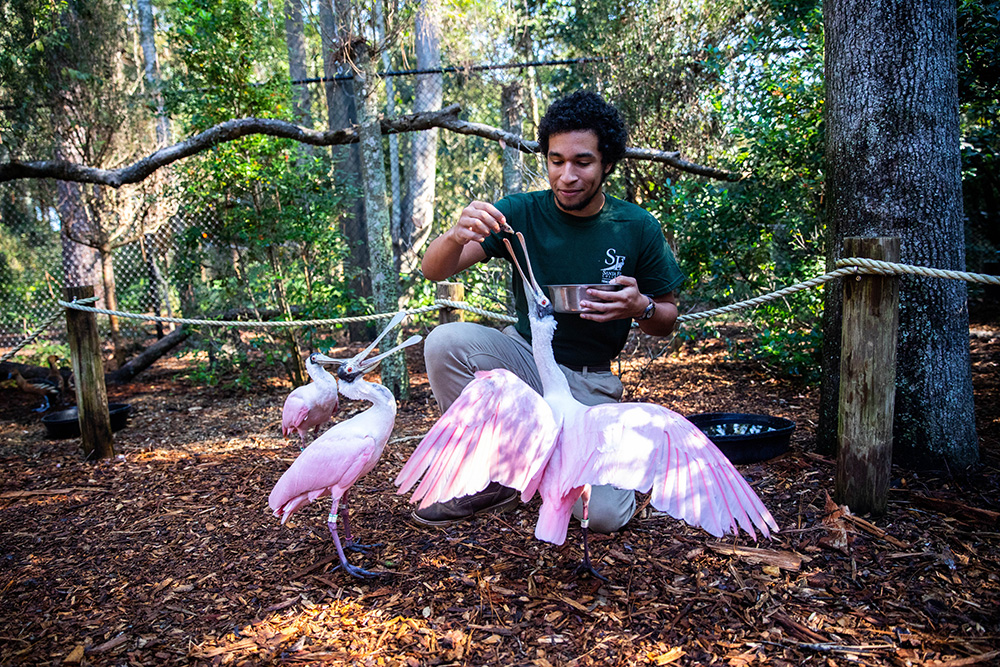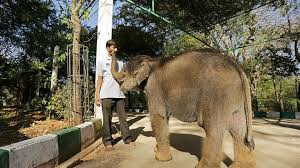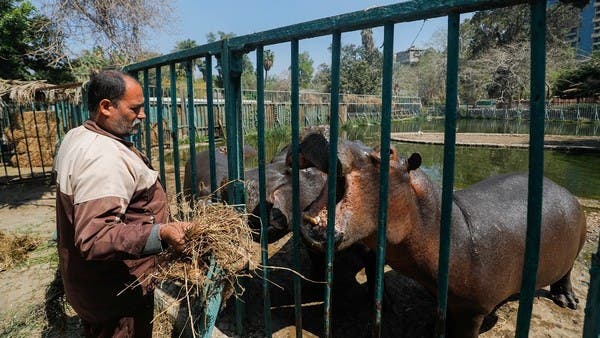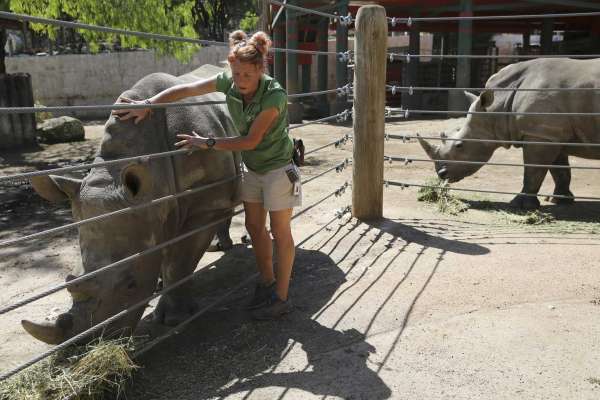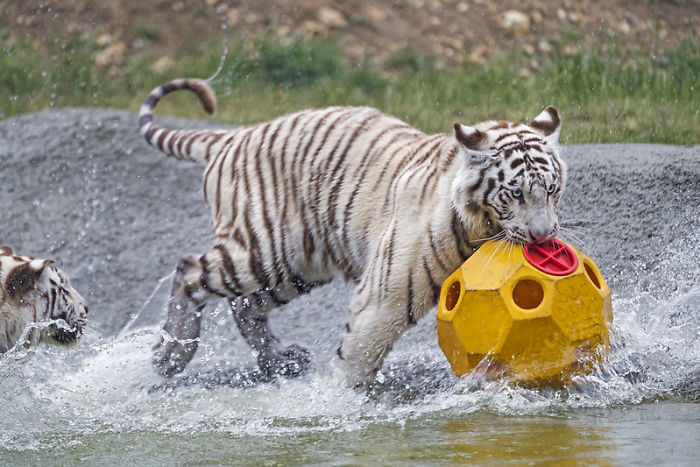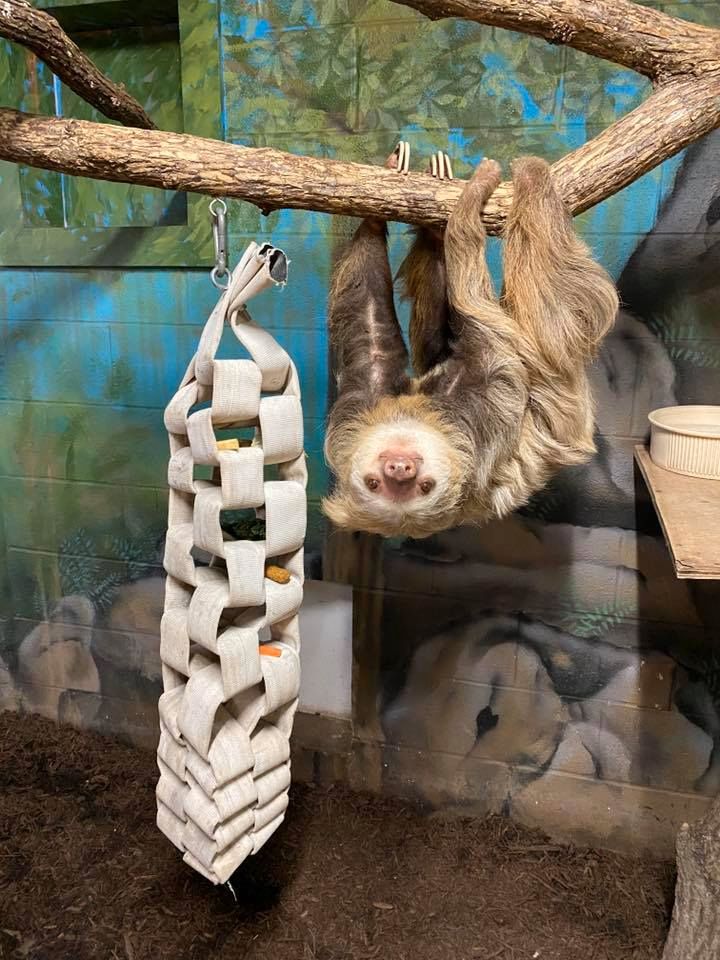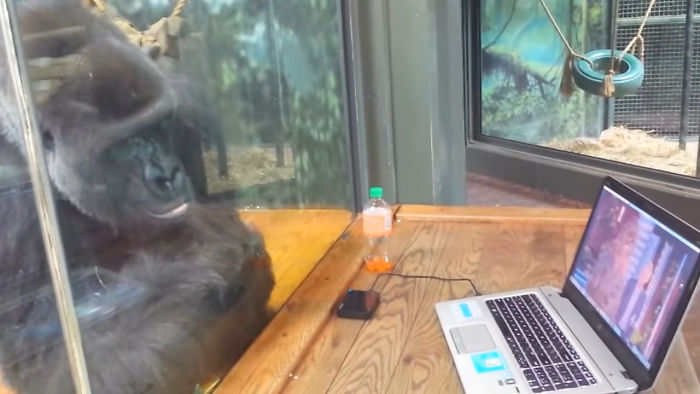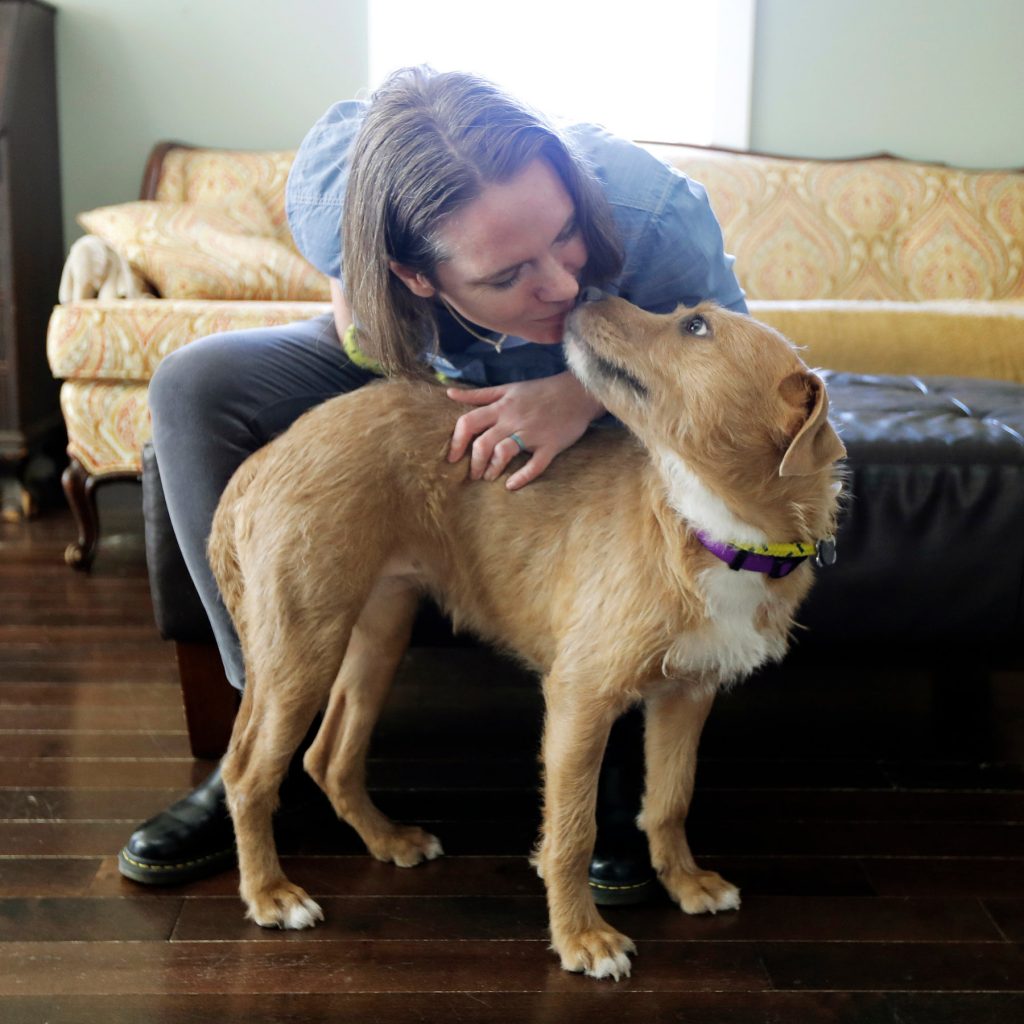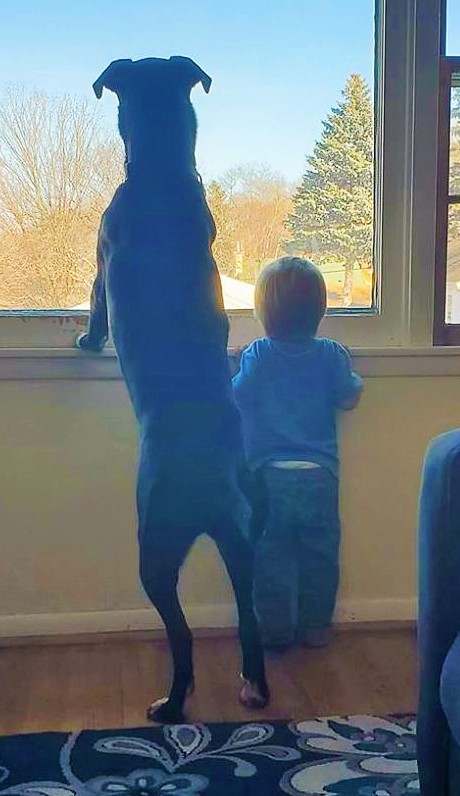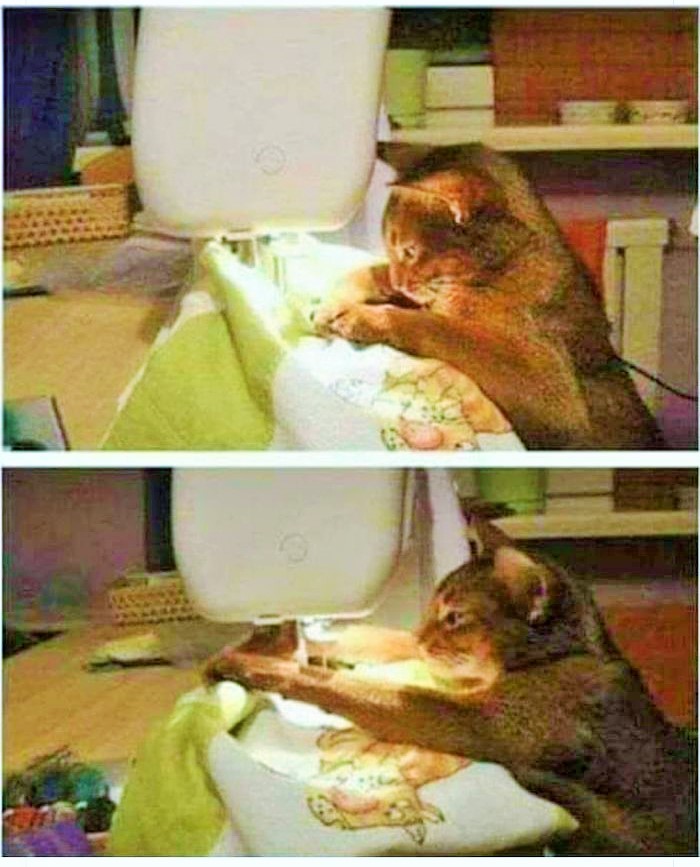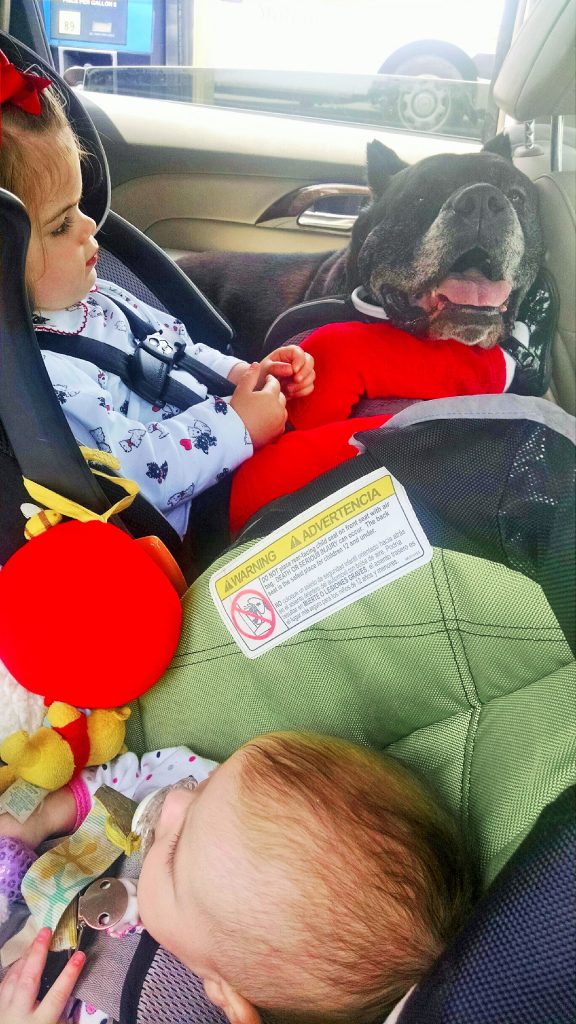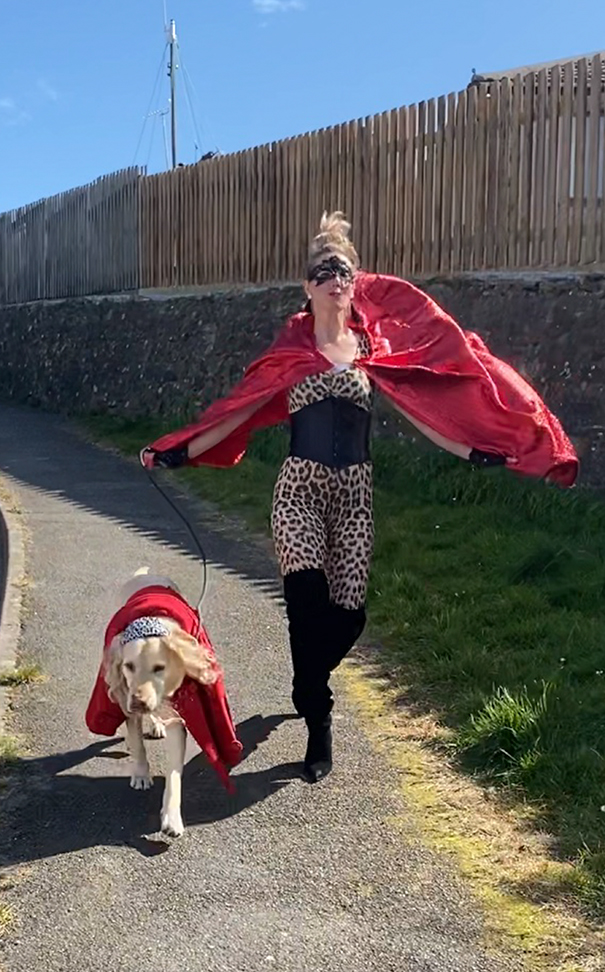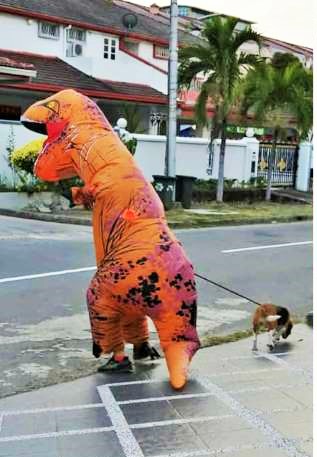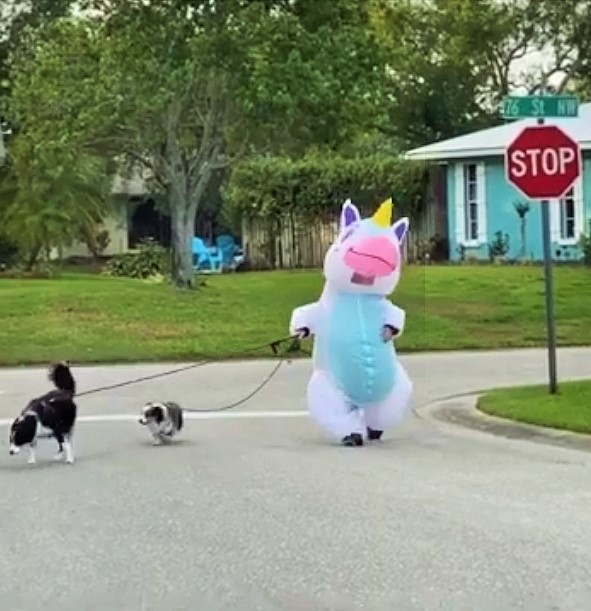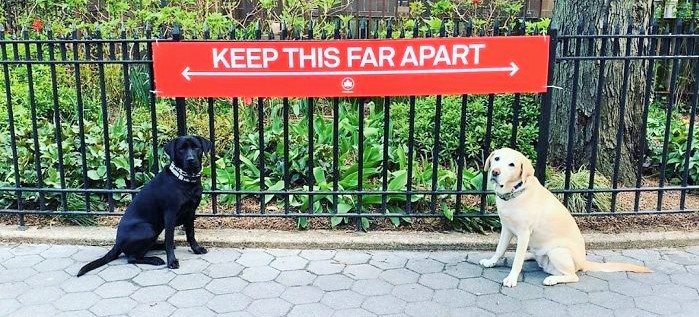
Today’s blog entry was written by Kathleen Corcoran, a local harpist, teacher, writer, editor, favorite auntie, turtle lover, and dutiful servant of a fluffy tyrant masquerading as a dog.
By this point, most of us have seen something in our lives change as a result of the COVID-19 pandemic, but we understand (at least a bit) why things have changed. Our animal companions just see that the humans’ behaviors are suddenly different.

Despite various quarantine and lockdown orders around the world, animals dependent on humans still need care. Many zoos and animal parks house animals that cannot be released into the wild because they were born in captivity, they are still recovering from injuries, their homes have been destroyed, or other circumstances that prevent them being able to thrive. Animal shelters, zoos, rescue and rehabilitation centers, and emergency veterinarians have adjusted to provide food, socialization, attention, playtime, and everything else to keep their charges happy.
Zoos have closed to the public, but zookeepers are still reporting for work. Some keepers have temporarily moved into the zoos themselves to be closer to their charges and to avoid any chance of carrying any infections into the zoo or home to their families. They’re camping in the cafeterias and staying in veterinary isolation huts.

In Cornwall, England, four keepers at Paradise Park have moved into the original house of the family that owned the property. Other keepers rotate in and out to assist, maintaining a strict schedule so that they are not in the zoo at the same time.
Without visitors around all the time, zookeepers have more freedom to take animals to visit their friends in other areas of the parks.
Because most zoos are making do with skeleton crews, keepers don’t have as much time as they’d like to play with the animals in their care. Many animals have been taking their own tours around zoos to see each other and keep each other entertained. (That doesn’t mean that bunnies have been jumping into the lion pens to say hello.)
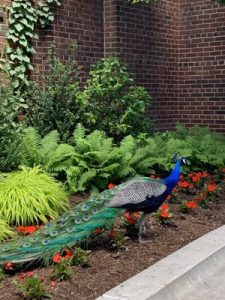
The tamer animals have been allowed to wander the parks freely while there are no visitors. Territorial animals like geese have taken over bridges and tried to block keepers from crossing to feed other animals. Many zookeepers report that the more social animals still follow them around during rounds, without any leads or harness.
Some animals have left the zoo altogether and gone to explore the world. Peacocks from the Bronx Zoo took a stroll through Prospect Park.
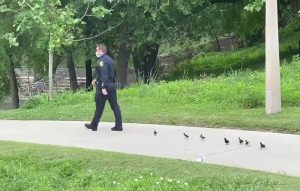
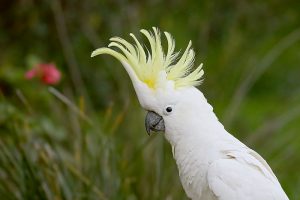
This cockatoo learned how to sing “Row row row your boat” and loves to sing along with kids who come by her enclosure. Without her backup singers, she has started humming to herself in the quiet. Zookeepers report that they can sometimes hear her start the song by herself but trail off sadly when no one joins in.
Without visitors to interact with, many animals are behaving differently. Keepers try to give each animal extra attention during feeding and rounds, but it’s hard to replace a steady stream of admirers. Some animals miss the interaction and get very excited to see anyone. Other animals feel more comfortable without an audience and venture out of hiding spaces more regularly.
Zookeepers come up with activities to keep animals entertained and socialized. Gorillas who regularly mirror gestures and pose for selfies with visitors are shown videos of people talking to them. Leopards at Rosamond Gifford Zoo in Syracuse, NY have to “hunt” for food in cardboard tubes to keep teeth and jaws strong.

Polar bear cubs at Ouwehands Zoo Rhenen in Holland didn’t have to worry about public crowds when they left the maternity den for the first time.
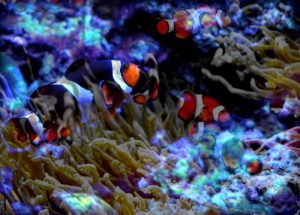
Snakes, alligators, stingrays, etc. haven’t shown any sign that they’ve even noticed a change. However, one zookeeper noticed that some types of fish have become very attention-seeking.

Veterinarians at the Dubai Camel Hospital in Abu Dhabi have kept their enclosures open to treat their patients. After surgery, the very large patients need plenty of space and lots of help to get over that first hump in their recovery. (Ha! I crack myself up!)
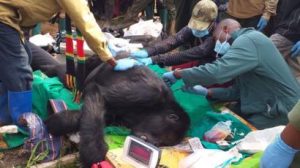
A: Wherever the anesthesiologist wants.
Most veterinarians are only open for emergency cases to lessen the chances of spreading COVID-19. The CDC has confirmed that two pet cats have tested positive for COVID-19, but both showed mild symptoms and are expected to make a full recovery. Updated guidelines for interacting with cats and dogs have been posted on the CDC website. Although pets cannot become infected, there is a chance that they could spread virus surviving in droplets on their fur or paws.

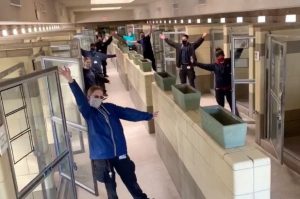
One of the positive side effects of this awful pandemic has been the emptying of animal shelters. All over the world, people are adopting or fostering quarantine buddies. Shelter managers warn that permanent adoption may not be the best choice for families who will not have the time and resources to continue to care for pets when lockdown restrictions are lifted.

Some shelters are offering to cover food or vet bills for adopted or fostered pets as an incentive. While we’re all stuck inside, what could be better than spending extra quality time with our favorite furry buddies? They must be loving it, too. People home all day!
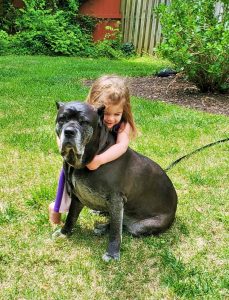
Mental health experts recommend furry, feathery, or scaly companions to mitigate the feelings of loneliness and depression some people are bound to develop while self-isolating. Pets can also be a huge help to parents trying to keep children entertained while they are out of school and have no place to run off all that energy.

Depending on the intelligence and motivation of the pet you adopt or foster, they may be able to help you complete some of your work at home.

Therapy dogs who can no longer visit patients in hospitals and nursing homes are sharing their affection and calm over video.
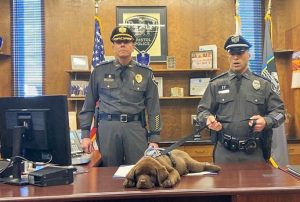
Several localities are under extremely strict lockdown measures that residents are only allowed outside for specific errands, such as walking the dog. If walking the dog is the only opportunity you have for going outside, you might as well do it in style.
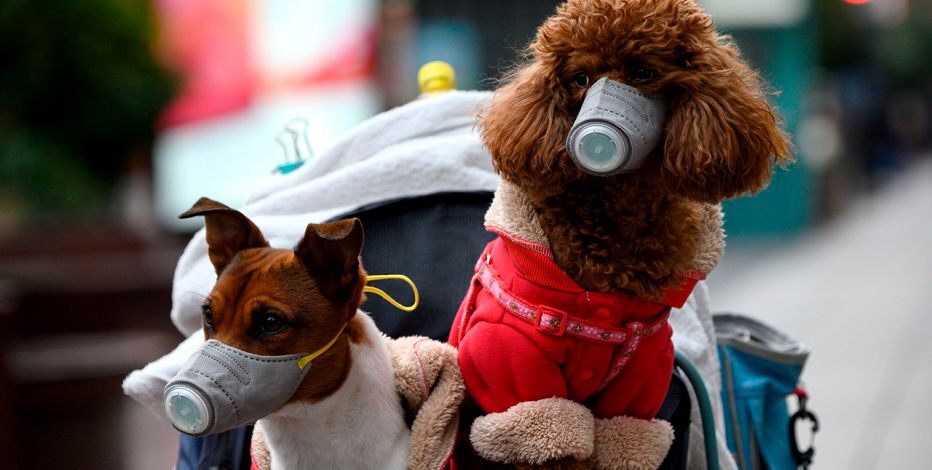
While the zoos and aquariums are closed and everyone is staying home, take a virtual trip. Many parks and zoos have installed virtual tours and live-feeds of animals. These are a few of my favorites.
- Chattanooga Zoo
- Cincinnati Zoo & Botanical Garden
- Monterey Bay Aquarium
- Pittsburgh Zoo
- Saint Louis Zoo
- The live penguin cam is especially popular.
- St. Louis Aquarium
- Smithsonian National Zoological Park
- Tennessee Aquarium
- Woodland Park Zoo (Seattle)
- You can even go on a virtual safari in the South African Bushveld.
